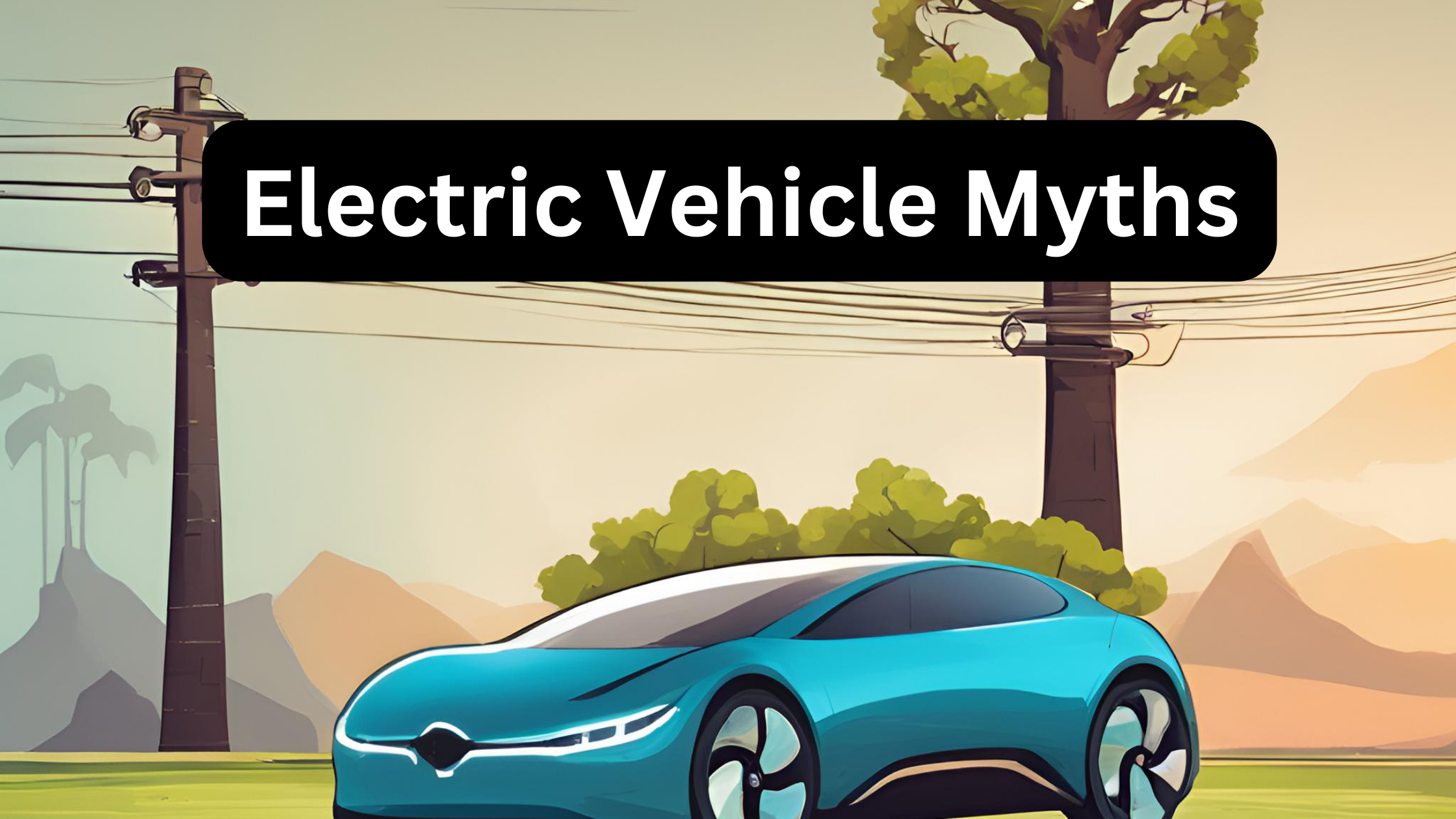Electric vehicles (EVs) are surrounded by numerous myths that can make potential buyers hesitant. Here, we debunk some of the most common misconceptions about EVs using facts and data.
Myth #1: EVs are Worse for the Climate Due to Power Plant Emissions
Fact: EVs typically have a smaller carbon footprint than gasoline cars, even when accounting for the emissions from power plants. While EVs have no tailpipe emissions, the electricity used to charge them may produce carbon pollution, depending on the energy source. However, research shows that EVs generally result in lower greenhouse gas (GHG) emissions than gasoline cars. With an increasing share of renewable energy sources like wind and solar, the GHG emissions from EVs can be even lower.
Myth #2: EVs are Worse for the Climate Due to Battery Manufacturing
Fact: Over their lifetime, EVs usually generate fewer GHG emissions than gasoline cars despite the higher emissions during battery manufacturing. Although making an EV battery can produce more carbon pollution than manufacturing a gasoline car, the overall emissions from driving and charging an EV are typically lower. This is due to the absence of tailpipe emissions and the lower GHG emissions during vehicle operation.
Myth #3: The Increase in EVs Will Collapse the U.S. Power Grid
Fact: EVs have charging strategies that can help prevent grid overload and even support grid reliability. EVs can be charged during off-peak times, like overnight, when electricity demand is lower. Research indicates that there will be sufficient grid capacity to handle the growing number of EVs. Moreover, vehicle-to-grid (V2G) charging can help stabilize the grid by allowing EVs to provide power back to the grid when needed.
Myth #4: There is Nowhere to Charge
Fact: EVs can be charged using standard household outlets, and there are over 68,000 public charging stations in the U.S. Most people can meet their driving needs by charging at home using a standard 120-volt outlet or a faster 240-volt charging system. The number of public charging stations is set to increase significantly with government investments, making EV charging more accessible.
Myth #5: EVs Don’t Have Enough Range
Fact: Modern EVs have sufficient range for typical daily use in the U.S. Most EVs can cover more than 200 miles on a full charge, with many models exceeding this range. The average daily travel for a U.S. household is about 50 miles, which is well within the range of most EVs. Automakers are also planning to release more long-range EV models in the future.
Myth #6: EVs are Not as Safe as Gasoline Vehicles
Fact: EVs must meet the same safety standards as conventional vehicles. All light-duty cars and trucks sold in the U.S. must pass rigorous safety testing, regardless of whether they run on gasoline or electricity. Additionally, EVs are designed with extra safety features, such as systems that shut down the electrical system in case of a collision or short circuit.
Conclusion
Electric vehicles offer numerous benefits, including lower emissions, reduced operating costs, and enhanced safety features. With the ongoing advancements in technology and infrastructure, many of the common myths about EVs are being debunked. As the adoption of EVs continues to grow, they are set to play a significant role in creating a more sustainable future.
For more information on electric vehicles and their benefits, visit the Environmental Protection Agency (EPA) and the Department of Energy (DOE).
Stay informed and join the movement towards a greener, cleaner future with electric vehicles!

